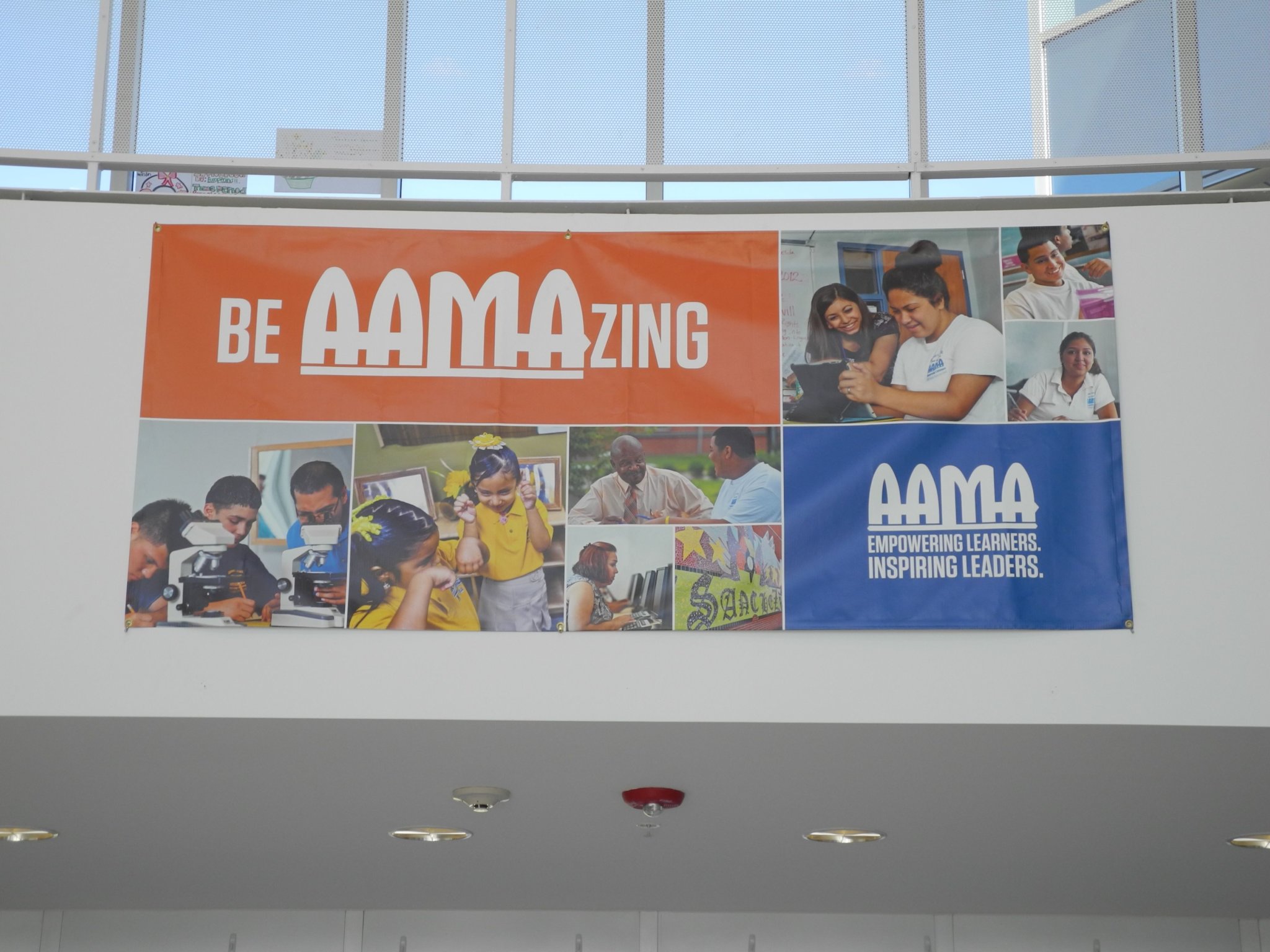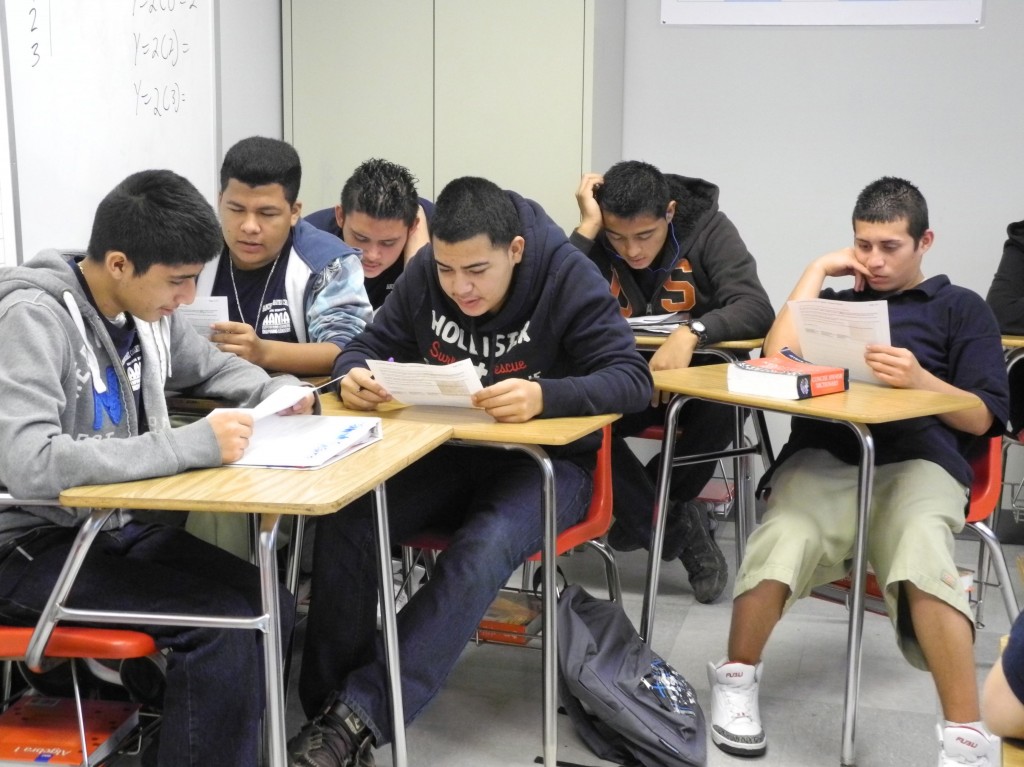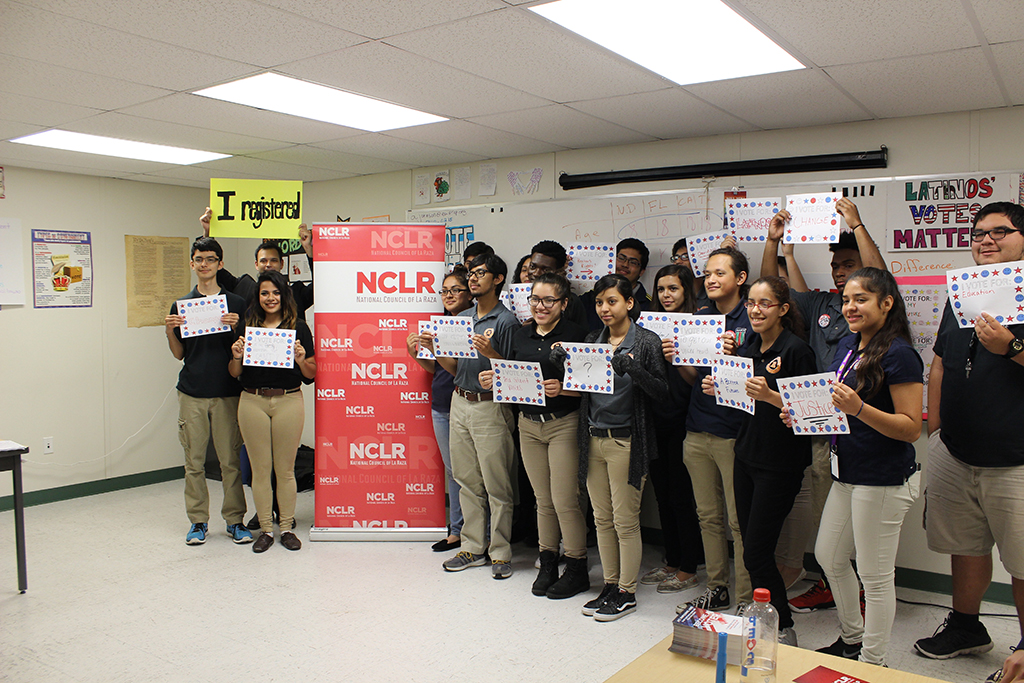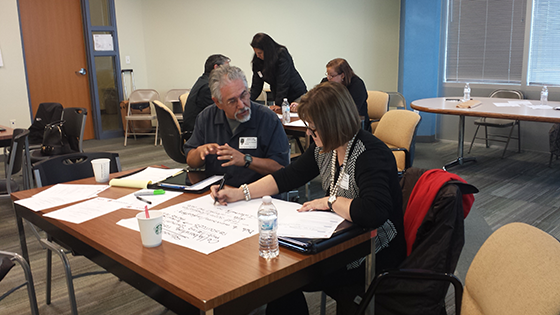Teaching and Learning — A Principal’s Perspective
By John De La Cruz, Principal, George I. Sanchez Charter School
(This was first posted to the Latino School Leaders Blog, an NCLR Project)
I don’t know if there has ever been a time when public schools only had to concern themselves with teaching and learning academic content but I can say with certainty that now is definitely not that time. At my inner city charter school everyday brings new challenges that have nothing to do with academic content.
Keep up with the latest from UnidosUS
Sign up for the weekly UnidosUS Action Network newsletter delivered every Thursday.
If you were a principal at my school, a typical day on for you might look something like this: You start the morning dealing with some high school students who were brought in reeking of the marijuana they smoked on their way to school that morning. Shortly thereafter you deal with some middle-school students who were bullying each other because of something that was posted to Facebook. Just as that is resolved, you are made aware that the young lady from yesterday’s bullying incident is having a crisis and has indicated to staff that she is contemplating suicide. While addressing this issue, it is brought to your attention that a pregnant girl in 10th grade is possibly experiencing contractions and needs medical attention. Efforts to reach any of the parents or family members of any the students involved in these incidents have not been met with success. Phone numbers that were provided to the school are no longer active or are answered by the wrong party. Therefore, the responsibility of what to do with those students falls squarely on your shoulders.
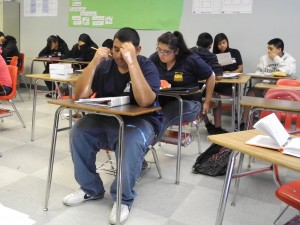 In the waiting area, sits a woman who would like to visit with you about the granddaughter attending your middle school. Her daughter, the student’s mother, sits next to her with a nervous look. The woman expresses concerns about her granddaughter’s behaviors and then shares allegations that the granddaughter is having relations with her daughter’s live-in boyfriend and asks that it be reported to the authorities. She states that neither of them can report their concerns because they are too afraid of the alleged perpetrator. He allegedly has extensive prison gang ties and has threatened to harm them if they reach out to the police. Just as this conversation is winding down, you are made aware that a 9th grade boy who ran afoul of a rival gang member last night says he has reason to believe that gang may be planning a drive-by shooting on him as he leaves school today.
In the waiting area, sits a woman who would like to visit with you about the granddaughter attending your middle school. Her daughter, the student’s mother, sits next to her with a nervous look. The woman expresses concerns about her granddaughter’s behaviors and then shares allegations that the granddaughter is having relations with her daughter’s live-in boyfriend and asks that it be reported to the authorities. She states that neither of them can report their concerns because they are too afraid of the alleged perpetrator. He allegedly has extensive prison gang ties and has threatened to harm them if they reach out to the police. Just as this conversation is winding down, you are made aware that a 9th grade boy who ran afoul of a rival gang member last night says he has reason to believe that gang may be planning a drive-by shooting on him as he leaves school today.
The morning has evaporated. You realize it’s lunchtime and you have yet to visit any classrooms for observations. After all, it is your responsibility to ensure that teaching and learning is occurring. State assessments start this month and every student needs to pass, even the ones you dealt with today. In Texas, stakes are high as campus accountability hinges on assessment scores as noted in the Houston Chronicle. If students fail the assessments they risk not being promoted, which could lead to campus sanctions as part of NCLB.
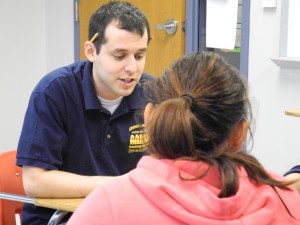 Sadly, these scenes play out across numerous campuses everyday. While it should be all about the teaching and learning, too many factors pop up that need addressing prior to any learning occurring. My campus, George I. Sanchez Charter School services students in pre-k, students in residential facilities and students who are at risk of dropping out in grades 7-12. Of the 630 students attending George I. Sanchez, approximately 99 percent are Latinos of which 33 percent are ELLs, and 10 percent receive Special Education services. In addition, 92 percent are considered economically disadvantaged. When compared to other charter schools in Texas, we are way above the state and national averages in those demographic areas.
Sadly, these scenes play out across numerous campuses everyday. While it should be all about the teaching and learning, too many factors pop up that need addressing prior to any learning occurring. My campus, George I. Sanchez Charter School services students in pre-k, students in residential facilities and students who are at risk of dropping out in grades 7-12. Of the 630 students attending George I. Sanchez, approximately 99 percent are Latinos of which 33 percent are ELLs, and 10 percent receive Special Education services. In addition, 92 percent are considered economically disadvantaged. When compared to other charter schools in Texas, we are way above the state and national averages in those demographic areas.
Despite all odds, Sanchez Charter School is not a drop out factory for students. The numbers speak for themselves:
- Over the past two years, graduation rates have almost doubled from 34 percent to 66 percent. Dropout rates have dipped from 7 percent to 2 percent.
- Passing rates on the state assessments have increased by double digits in Science and Social Studies, with more modest gains in Language Arts and Math.
- Daily attendance has shot up from 88 percent to 92 percent and college enrollment rates for graduating seniors has grown to 90 percent.
- Parent involvement has improved by 50 percent.
- Of the 200 students in our junior and senior classes, approximately 42 percent are taking dual credit courses or working as interns at one of the local Fortune 500 companies.
 Returning to school, it’s not the end of the day and you reflect on the students you interacted with and realize that passing a test is not the truest barometer for measuring success. You stay late to do the things that could not be done in the course of the day. You pour over all the data at your fingertips and use that to drive your upcoming decisions about everything that happens in the school. You realize that there is not enough money in the budget to fund all the interventions that are needed. You worry because there is talk that the legislature is going to provide the school with fewer funds next year. Finally, after putting in a 12-hour day, you turn off the lights, emotionally drained, mentally tired and head home. On the way home you promise to respond to emails before going to bed. Later that night, you toss and turn because you know that tomorrow you and your staff will be dealing with the aftermath of today’s incidents, and yesterday’s incidents, and even last weeks incidents. Still, despite all those concerns, as you drift off to sleep, for a brief moment, you feel like you made a difference today.
Returning to school, it’s not the end of the day and you reflect on the students you interacted with and realize that passing a test is not the truest barometer for measuring success. You stay late to do the things that could not be done in the course of the day. You pour over all the data at your fingertips and use that to drive your upcoming decisions about everything that happens in the school. You realize that there is not enough money in the budget to fund all the interventions that are needed. You worry because there is talk that the legislature is going to provide the school with fewer funds next year. Finally, after putting in a 12-hour day, you turn off the lights, emotionally drained, mentally tired and head home. On the way home you promise to respond to emails before going to bed. Later that night, you toss and turn because you know that tomorrow you and your staff will be dealing with the aftermath of today’s incidents, and yesterday’s incidents, and even last weeks incidents. Still, despite all those concerns, as you drift off to sleep, for a brief moment, you feel like you made a difference today.
